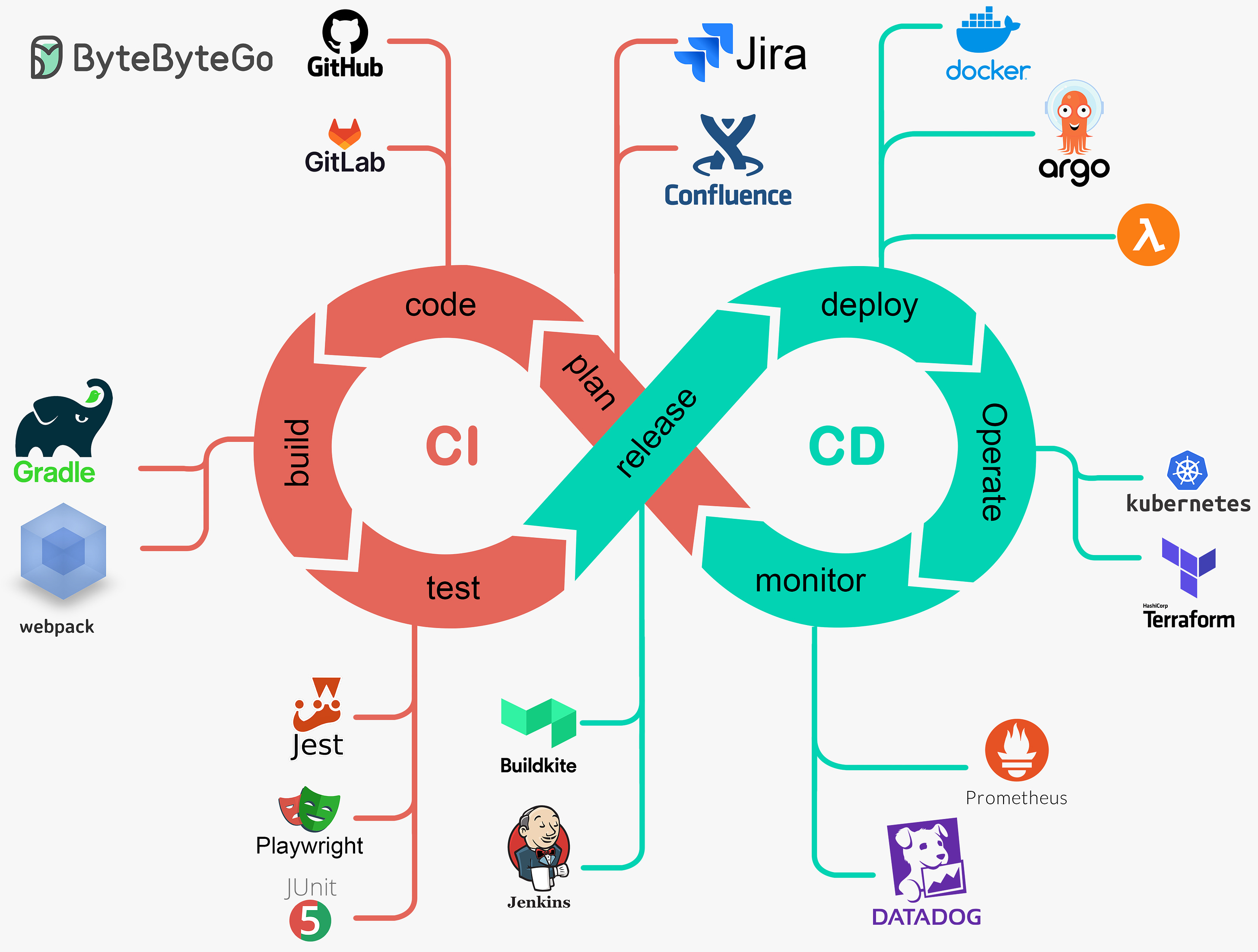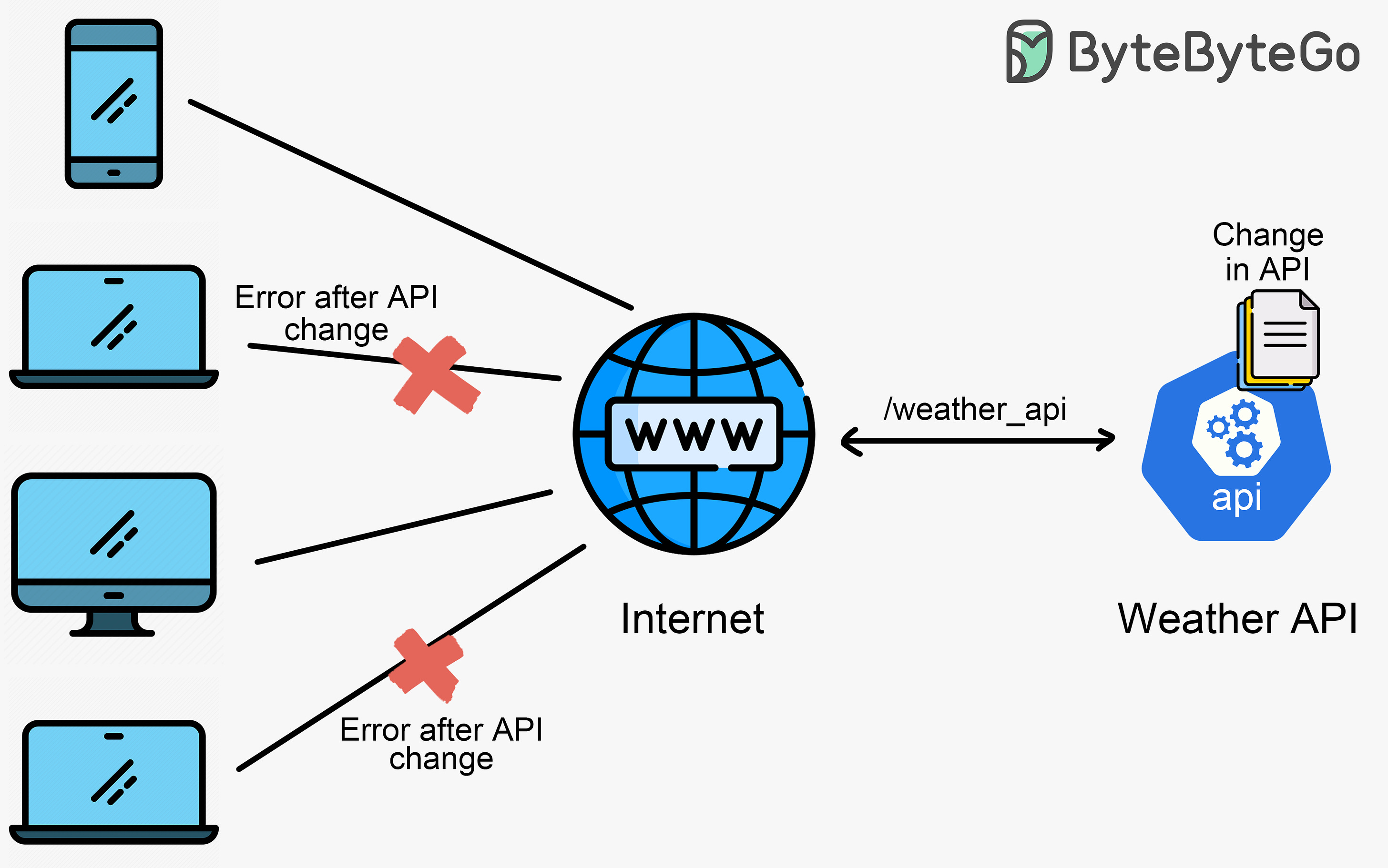- Mailing Lists
- in
- A Crash Course in API Versioning Strategies
Archives
- By thread 5313
-
By date
- June 2021 10
- July 2021 6
- August 2021 20
- September 2021 21
- October 2021 48
- November 2021 40
- December 2021 23
- January 2022 46
- February 2022 80
- March 2022 109
- April 2022 100
- May 2022 97
- June 2022 105
- July 2022 82
- August 2022 95
- September 2022 103
- October 2022 117
- November 2022 115
- December 2022 102
- January 2023 88
- February 2023 90
- March 2023 116
- April 2023 97
- May 2023 159
- June 2023 145
- July 2023 120
- August 2023 90
- September 2023 102
- October 2023 106
- November 2023 100
- December 2023 74
- January 2024 75
- February 2024 75
- March 2024 78
- April 2024 74
- May 2024 108
- June 2024 98
- July 2024 116
- August 2024 134
- September 2024 130
- October 2024 141
- November 2024 171
- December 2024 115
- January 2025 216
- February 2025 140
- March 2025 220
- April 2025 233
- May 2025 239
- June 2025 303
- July 2025 125
How well do you understand your own supply chain?
Track and Manage Waste Collecting Fleets with Advanced Waste Management Software - SmartWaste.
A Crash Course in API Versioning Strategies
A Crash Course in API Versioning Strategies
Latest articlesIf you’re not a subscriber, here’s what you missed this month. To receive all the full articles and support ByteByteGo, consider subscribing: Developing an API involves a lot of work, from planning to implementation. It's crucial to have a clear and easy-to-understand versioning strategy to avoid confusing developers. In this week's issue, we'll explore different versioning strategies for APIs. We'll begin by examining the reasons for versioning APIs and when it's necessary to release a new version. We'll also investigate various versioning strategies, how to label API versions, and methods for gracefully retiring outdated API versions. So, without further ado, let’s jump right into it. Why Version APIs?As we add new features to our API, fix existing issues, or change how our API works, we need to deliver these changes without disrupting our users. Let’s understand this with an example. Imagine we have an API for weather forecasts. Thousands of websites use it to build dashboards and other applications. Let's say we want to change the data contract of our response object. This could involve renaming a field, adding a new one, or changing the entire data contract. If we change an existing field name, our users’ applications might stop working or start throwing errors. To fix this, we'd have to ask all our users to update their applications to work with our newest changes. If this happens often, our users will be frustrated. Versioning solves this problem. When we want to release a breaking change, we upgrade the version of our API. We release it in a way that lets users choose when to accept the changes. Once clients start using our API, they rely on it to work as originally designed. If we make changes or release new versions without considering our clients' needs, it could cause problems. That's why it's important to version our API and give clients the choice to upgrade when they're ready. That's why designing for change is essential for APIs. We should use versioning to deliver changes to our users in a clear, consistent, and well-documented manner. When to Version APIs?... Continue reading this post for free, courtesy of Alex Xu.A subscription gets you:
© 2024 ByteByteGo |
by "ByteByteGo" <bytebytego@substack.com> - 11:35 - 18 Apr 2024

